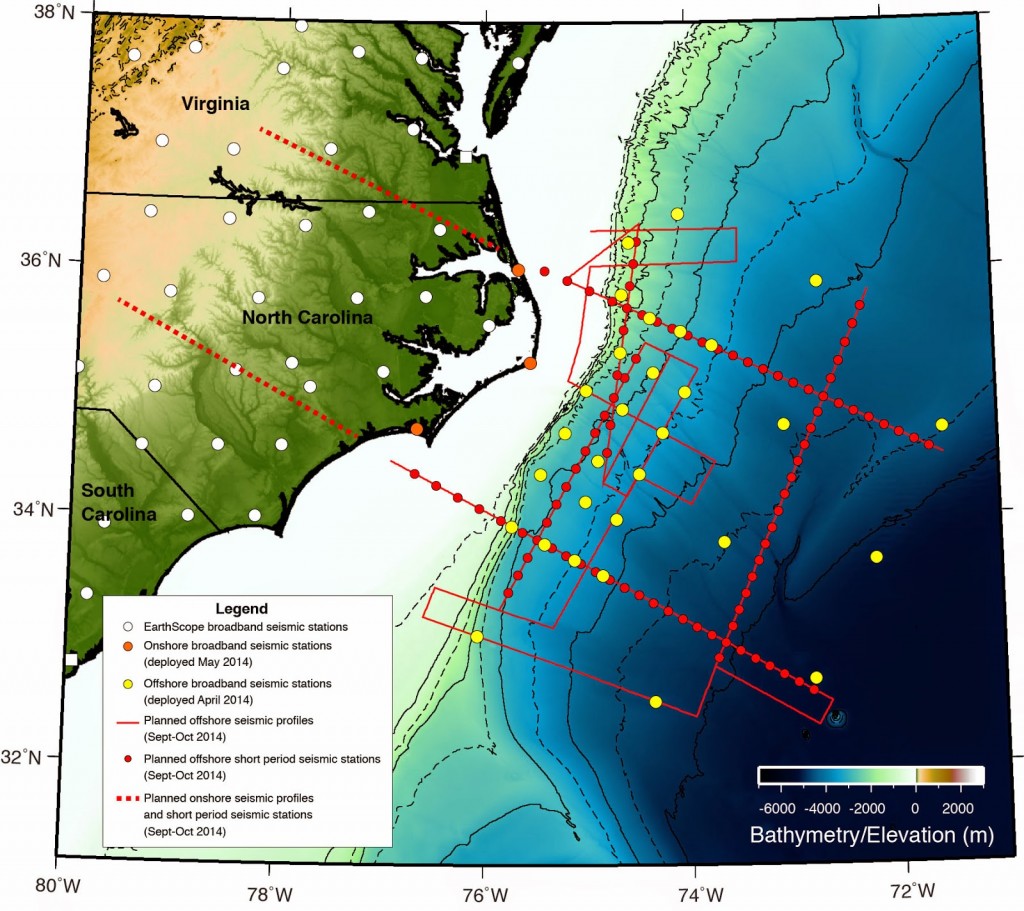The Eastern North American Margin (ENAM) represents the final product of continental rifting to form a passive margin, and records the full history of rift evolution and post-rift processes. The ENAM encompasses large variations in fundamental rift parameters, including the volume of magmatism, the pre-existing lithospheric template, and the duration of rifting. In particular, rifting along the southeastern United States was associated with voluminous magmatism, whereas the northernmost portion of this margin offshore of Nova Scotia and Newfoundland is distinctly magma-poor. ENAM also captures an extensive post-rift evolution of the passive margin sedimentary prism as well as the cooling and further evolution of the mantle lithosphere below. Finally, there are further compelling logistical benefits to studying ENAM, including the leveraging of considerable US infrastructure, including Earthscope (in particular, upcoming USArray deployments), and the USGS Law of the Sea survey activities.


